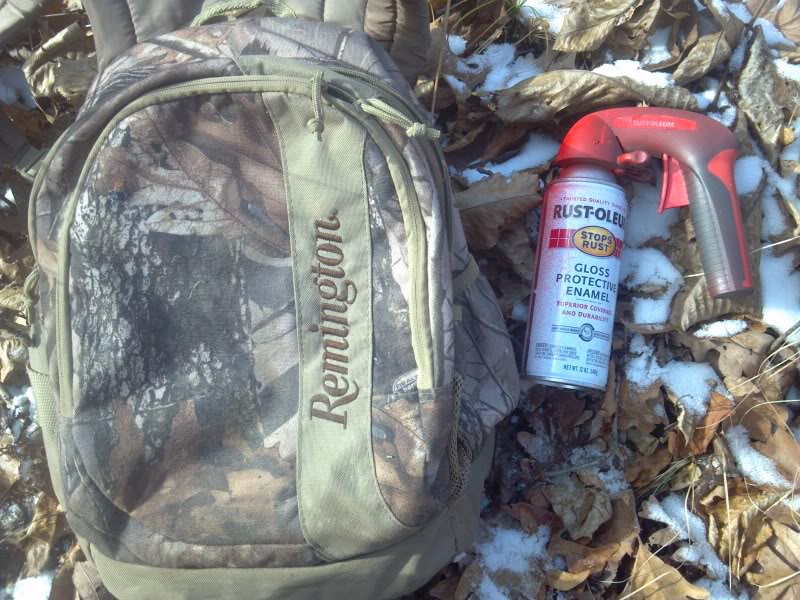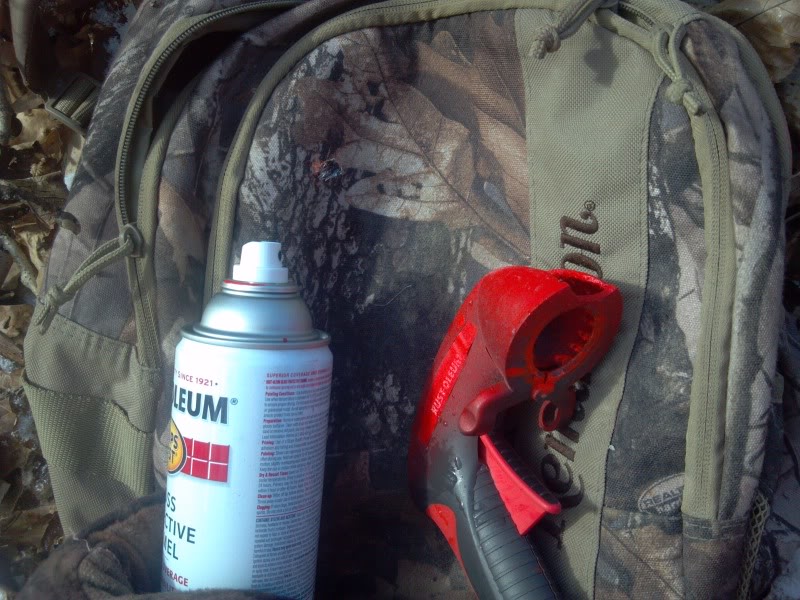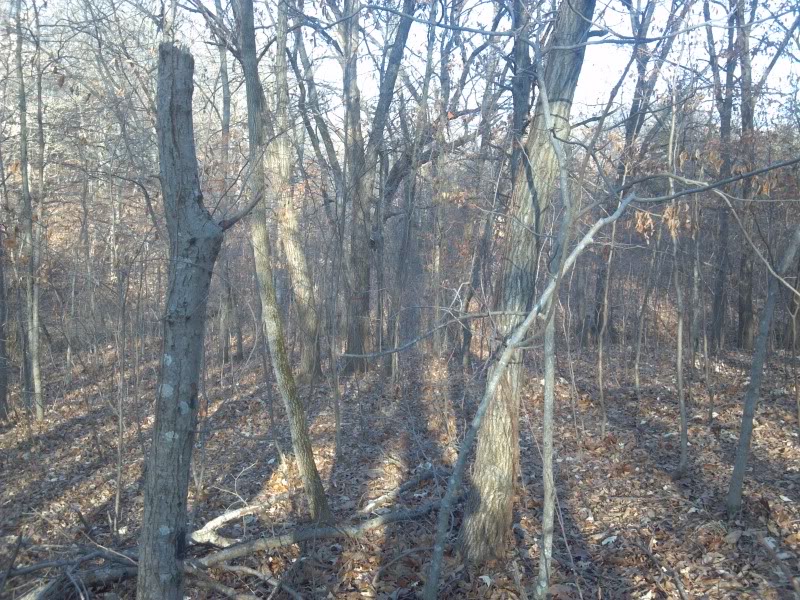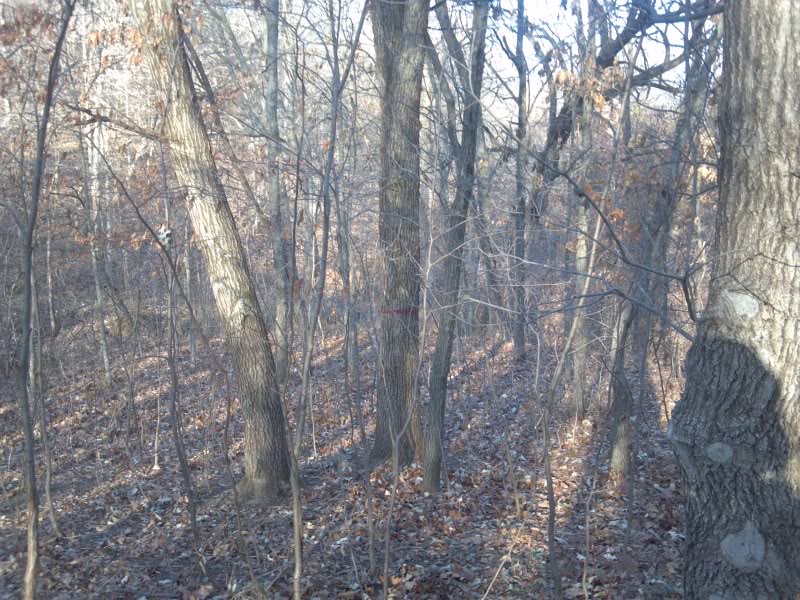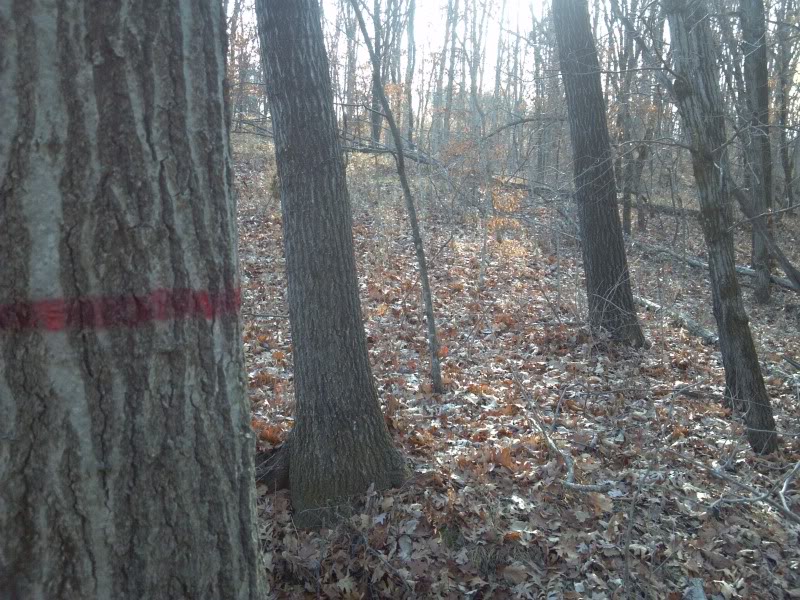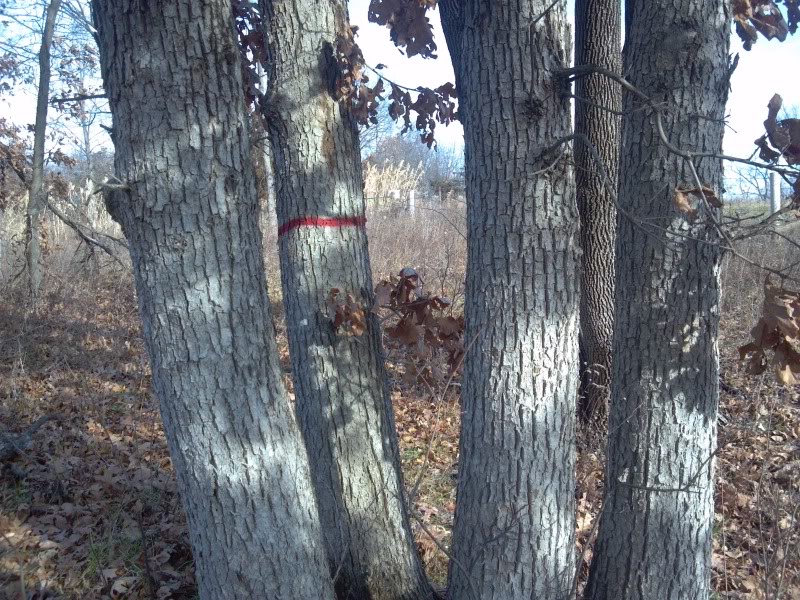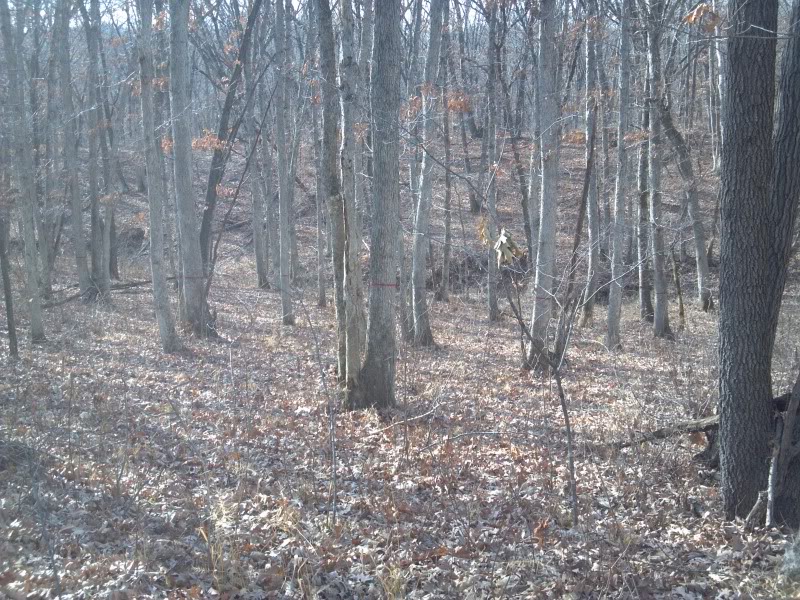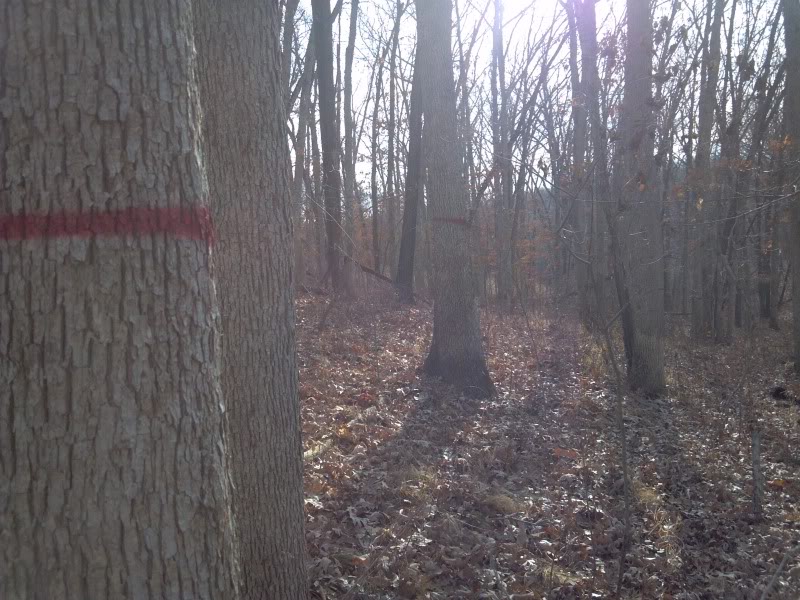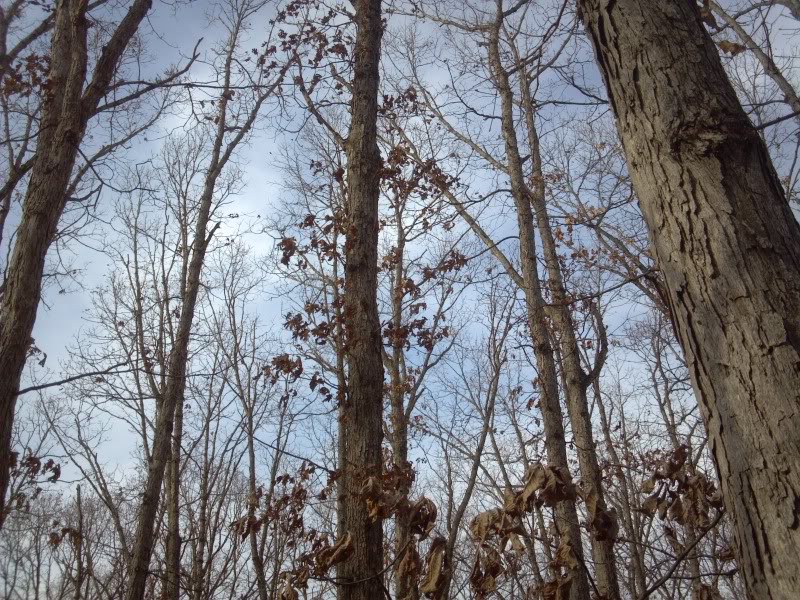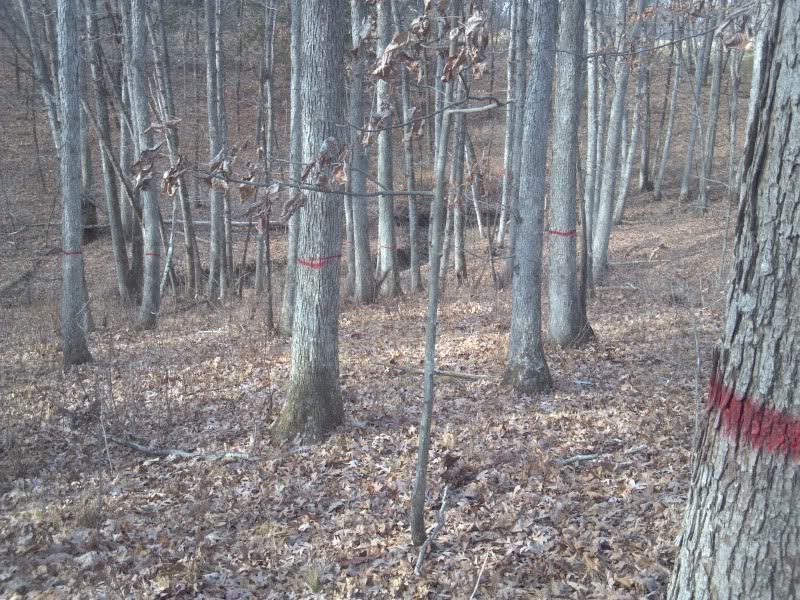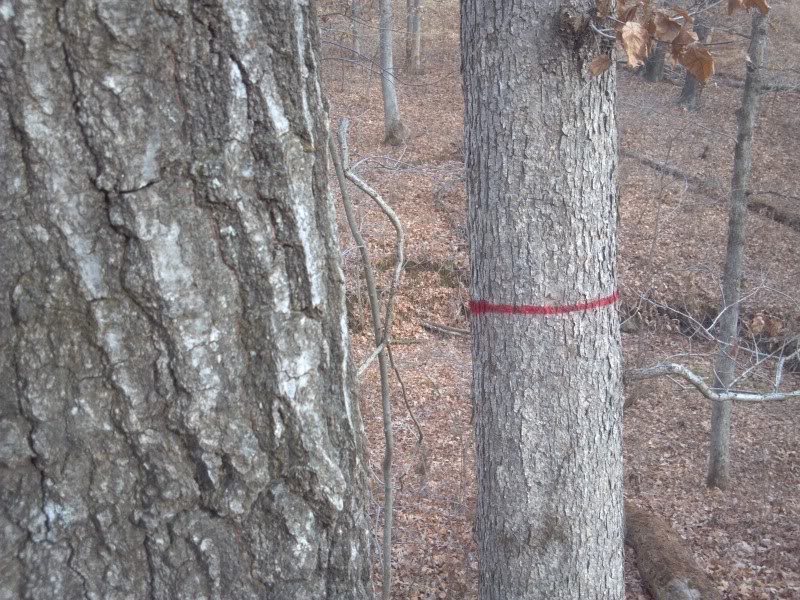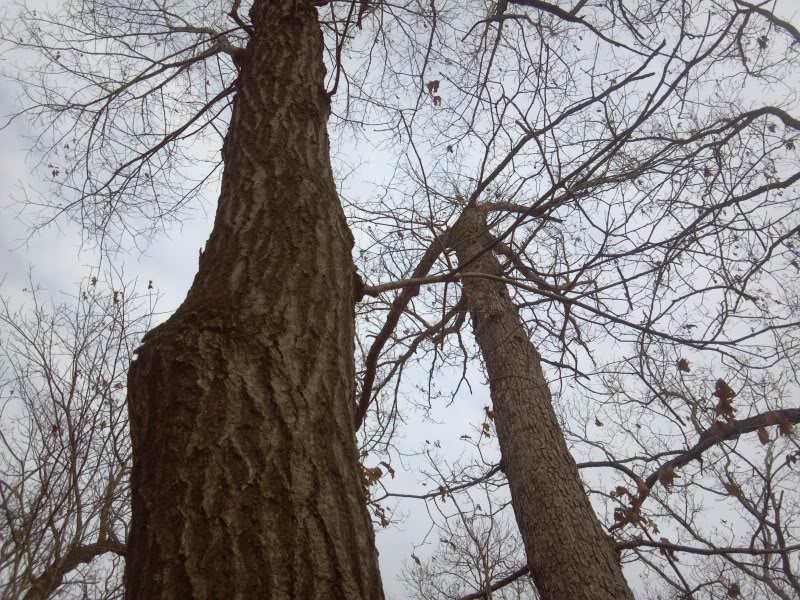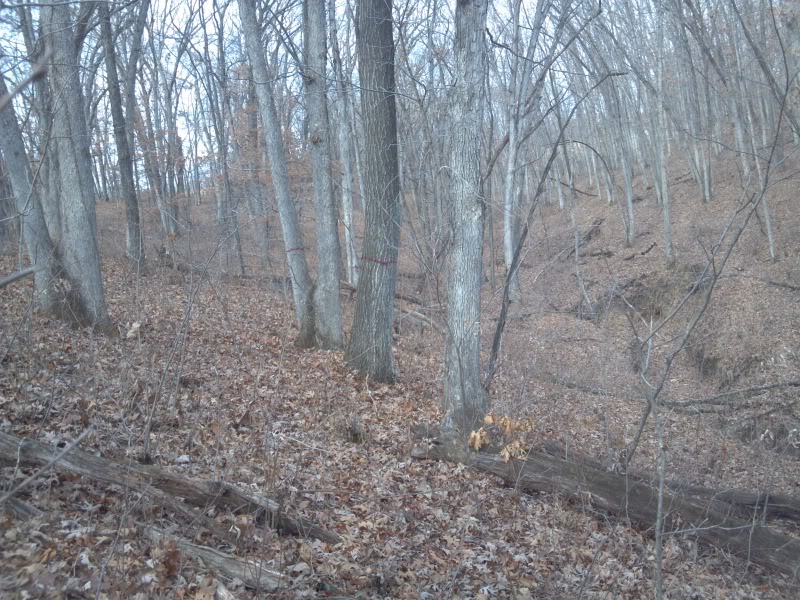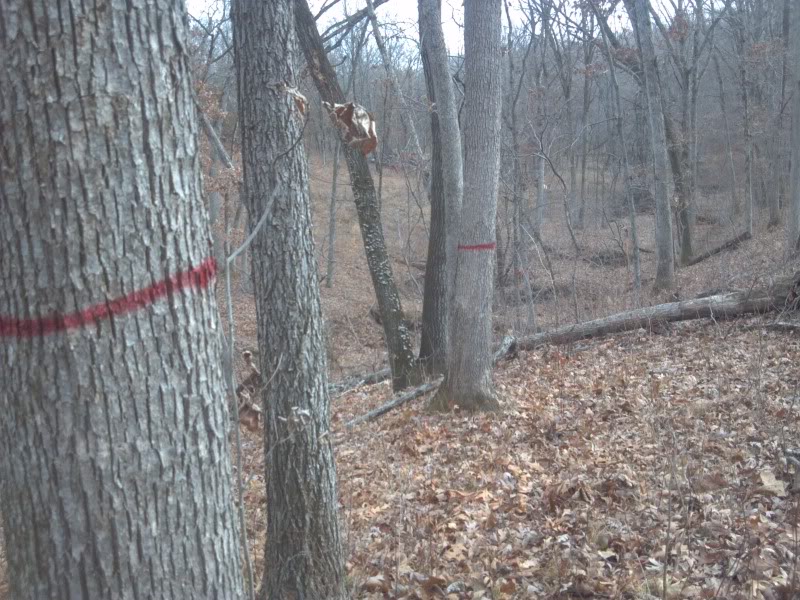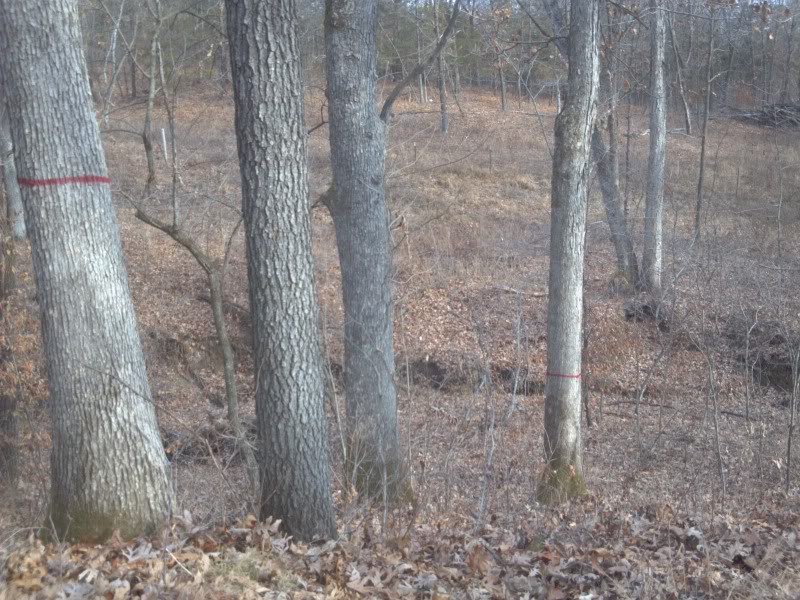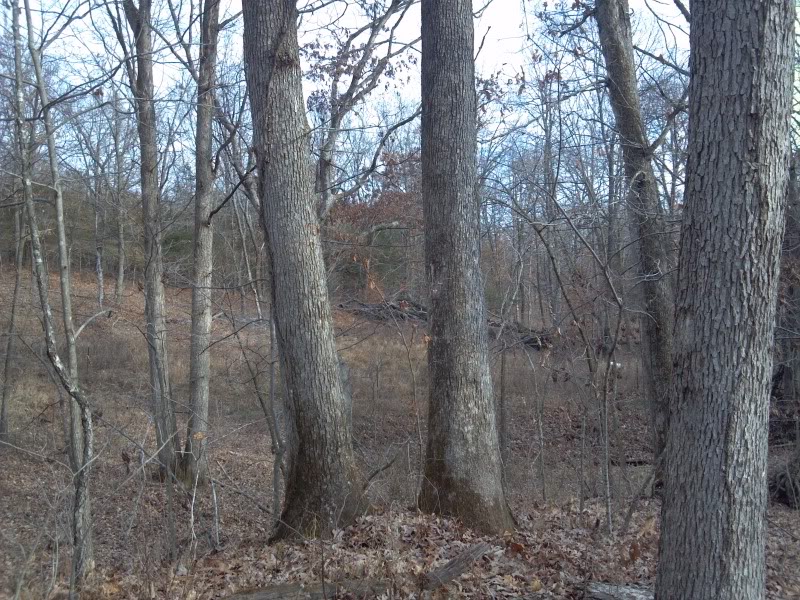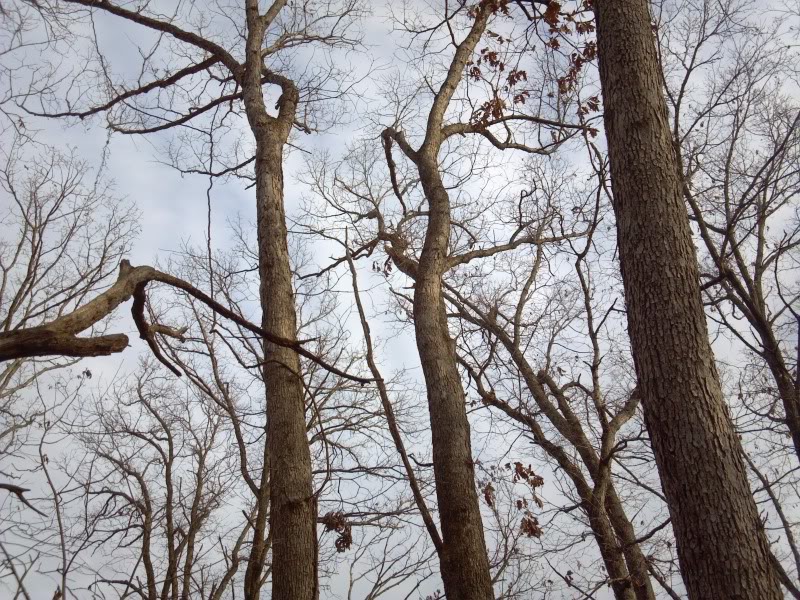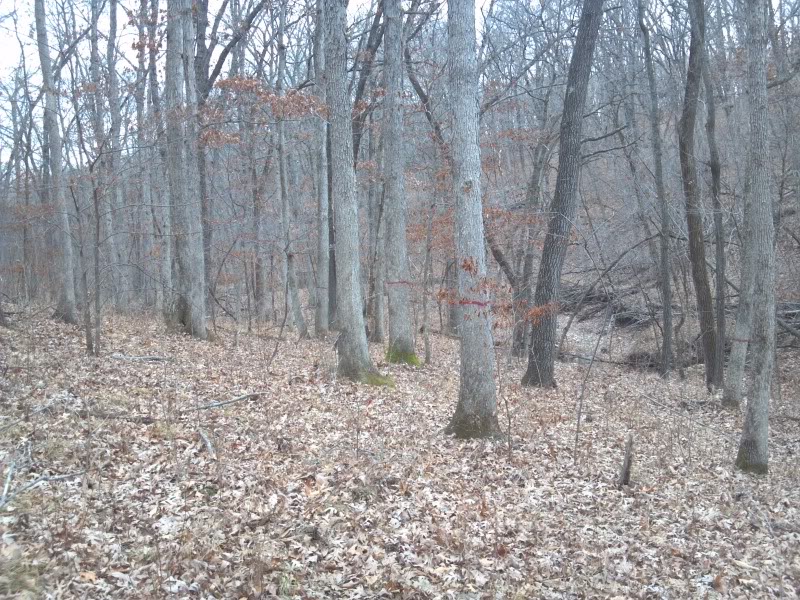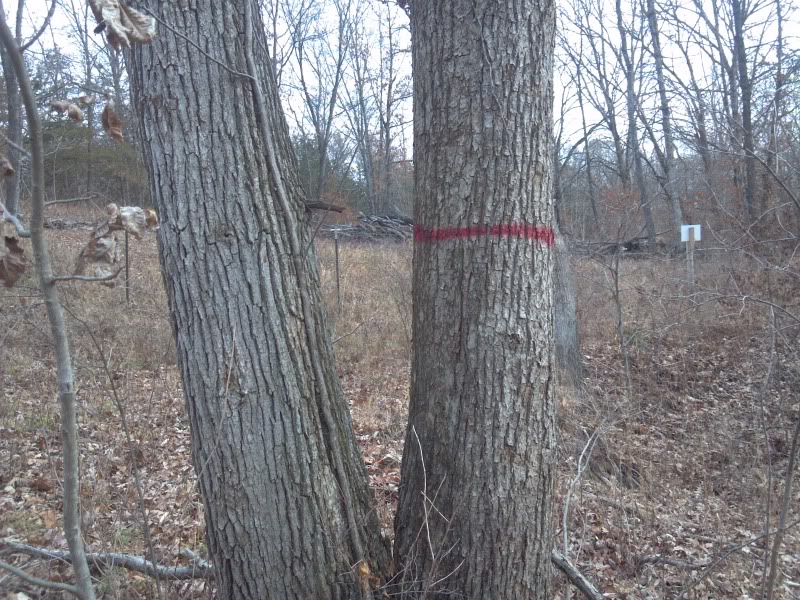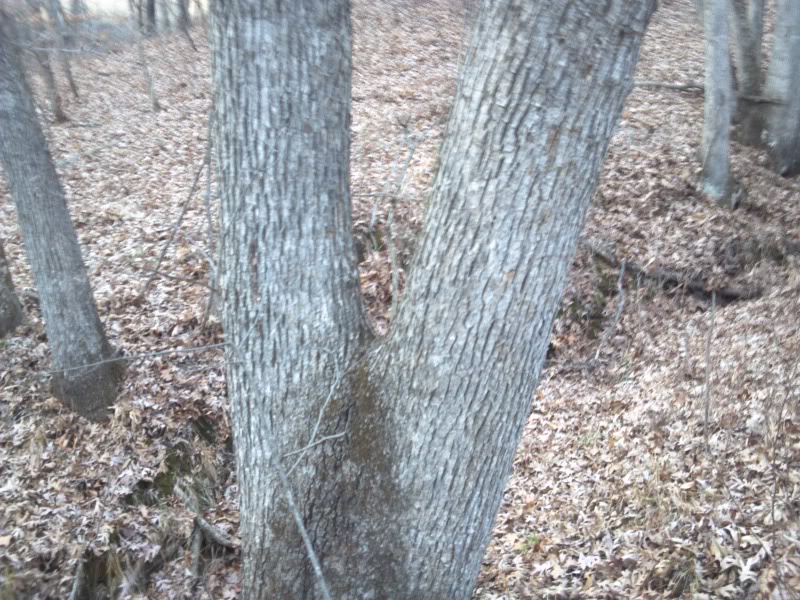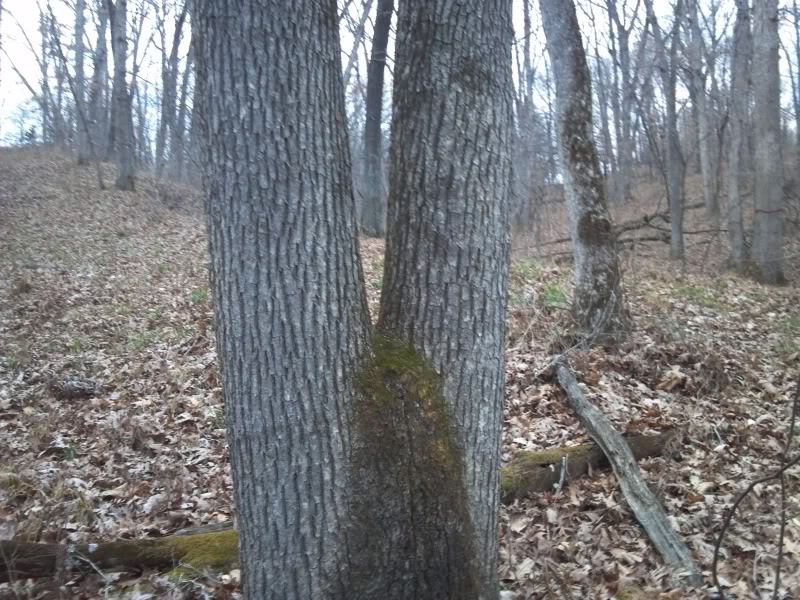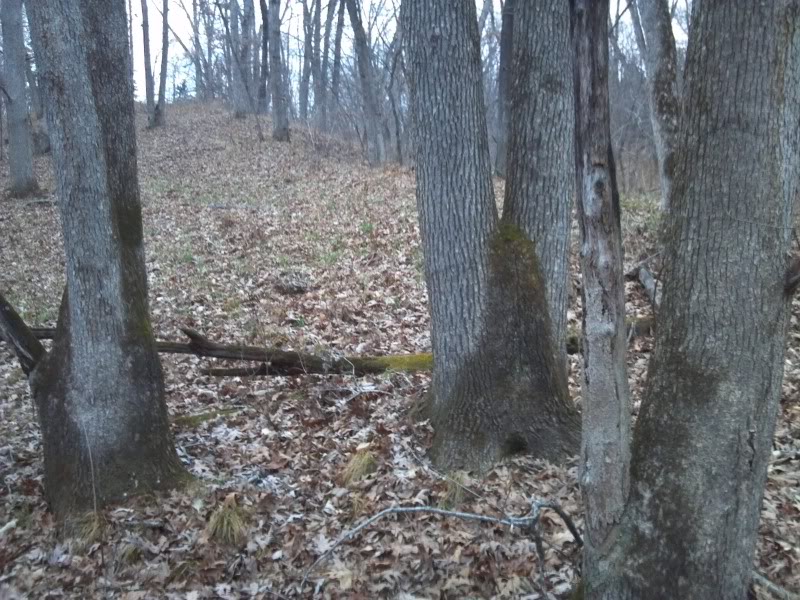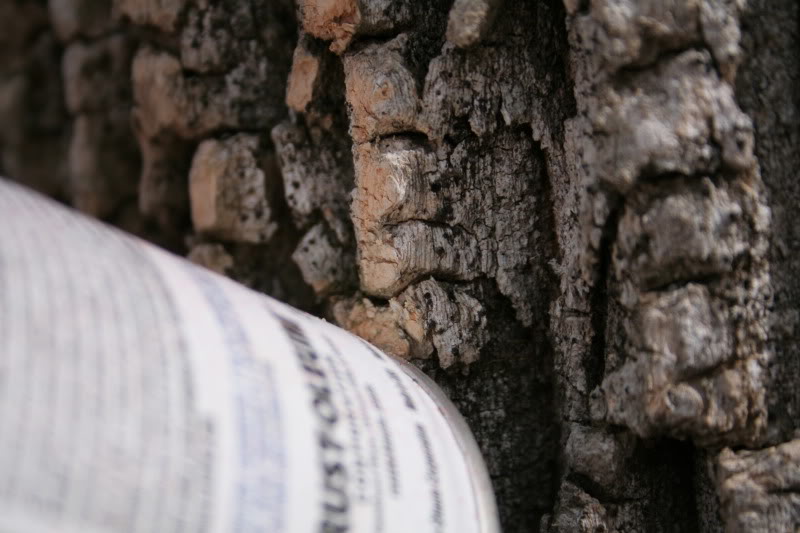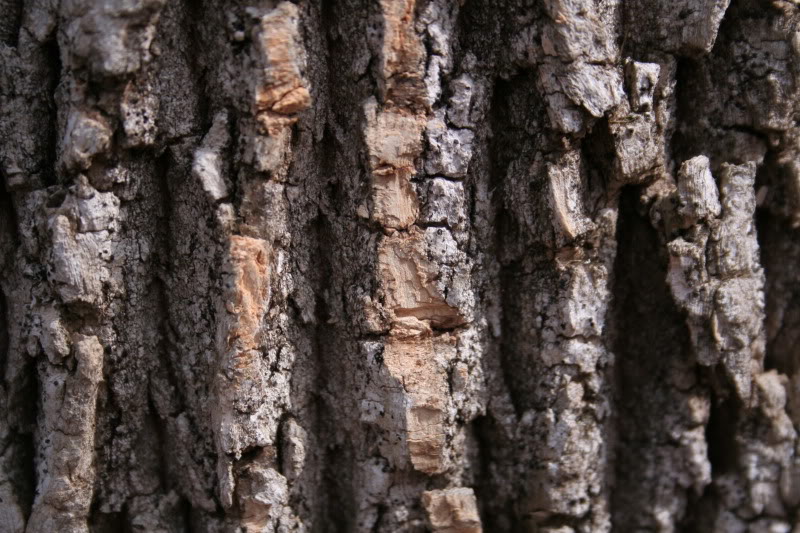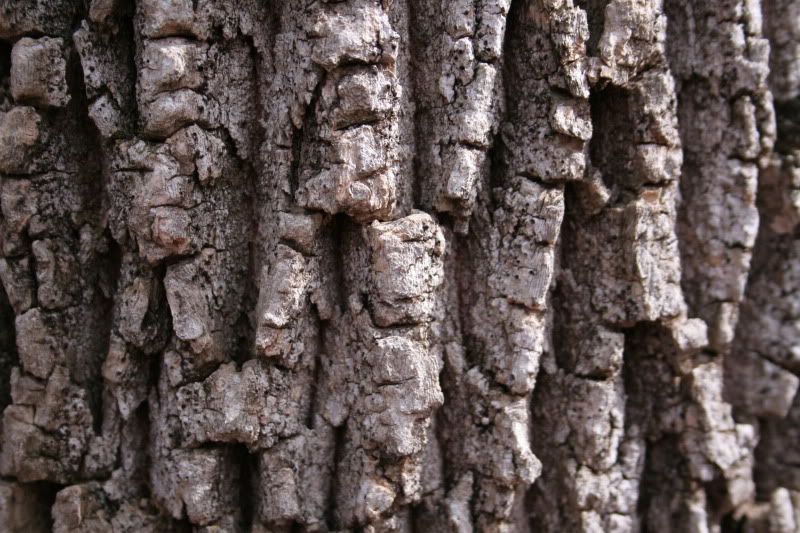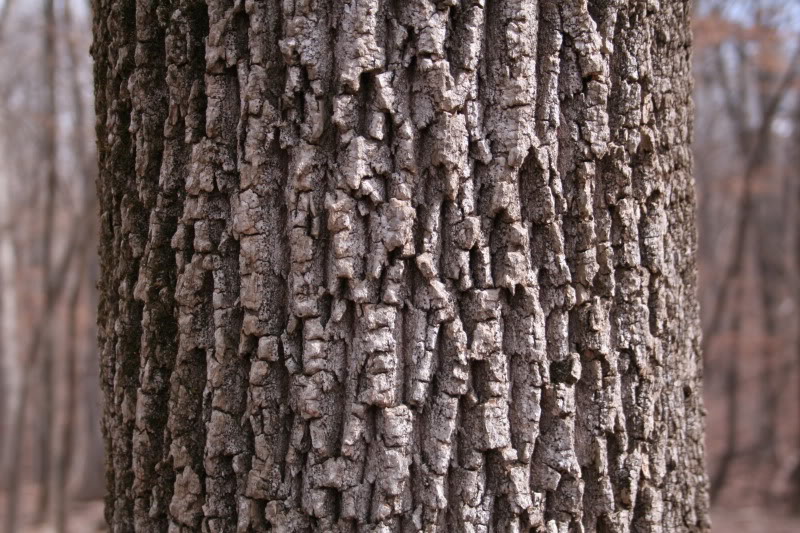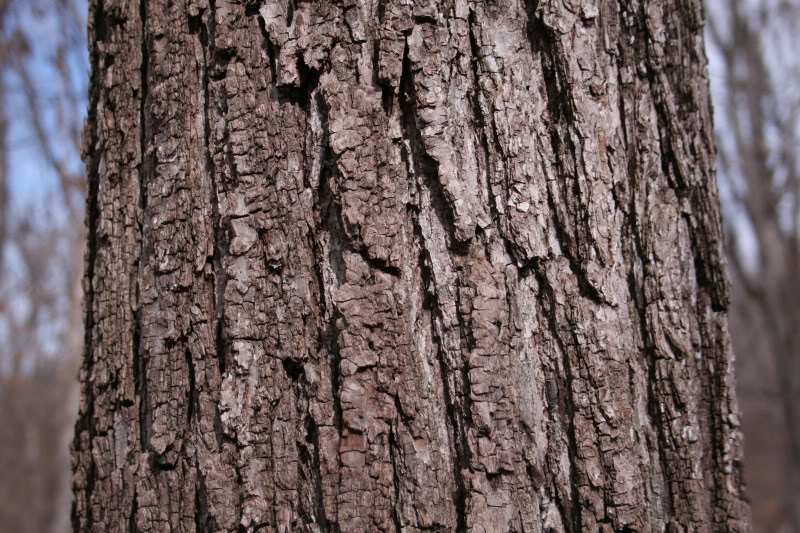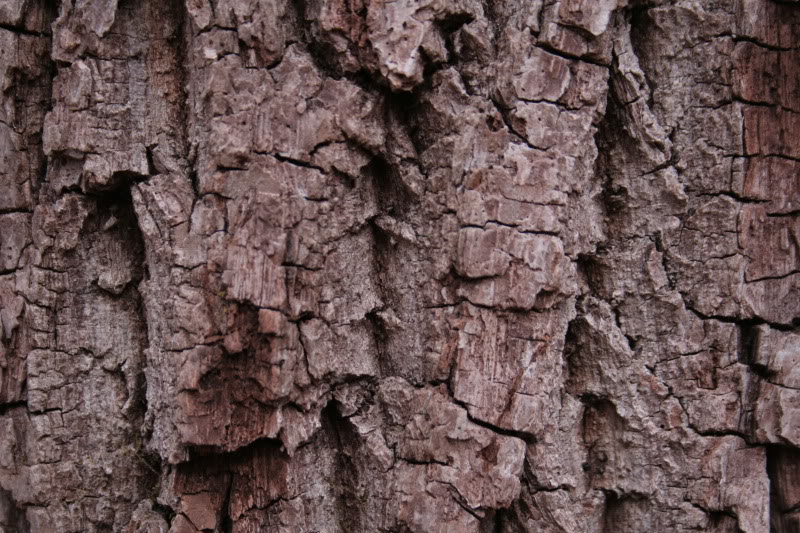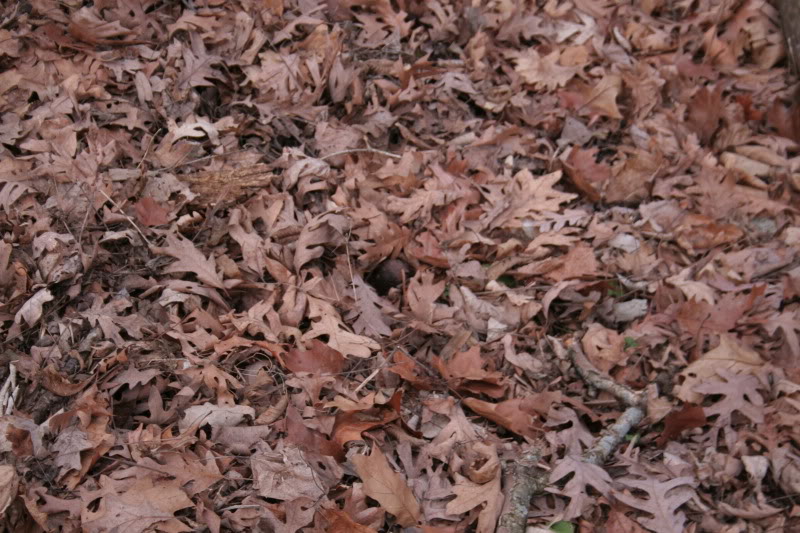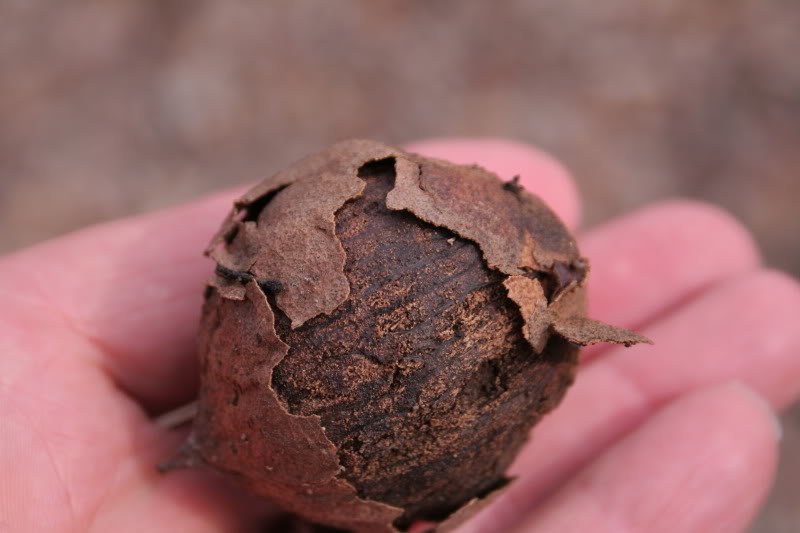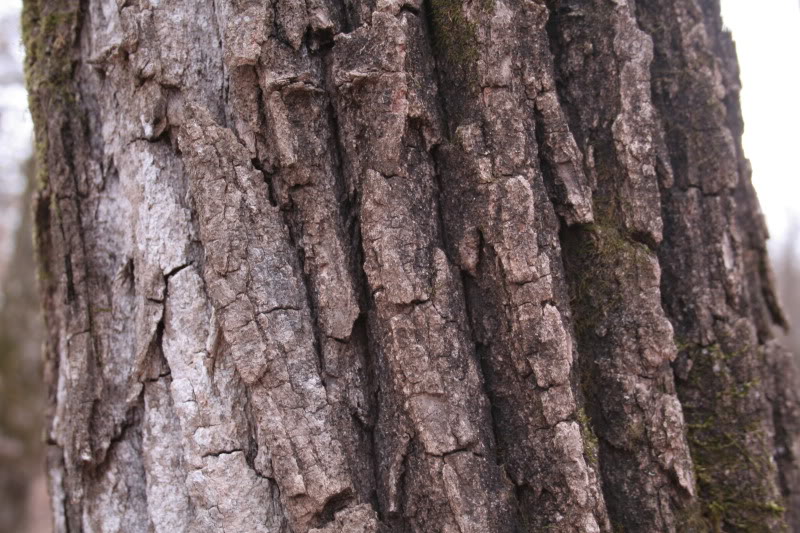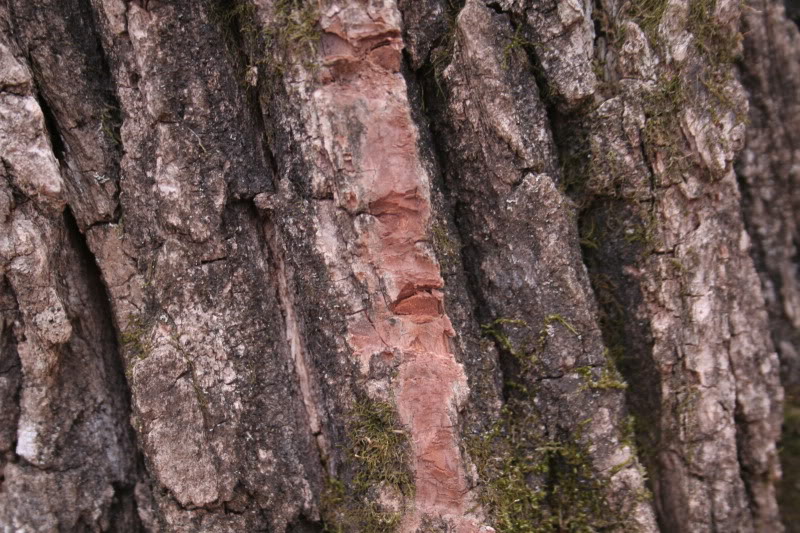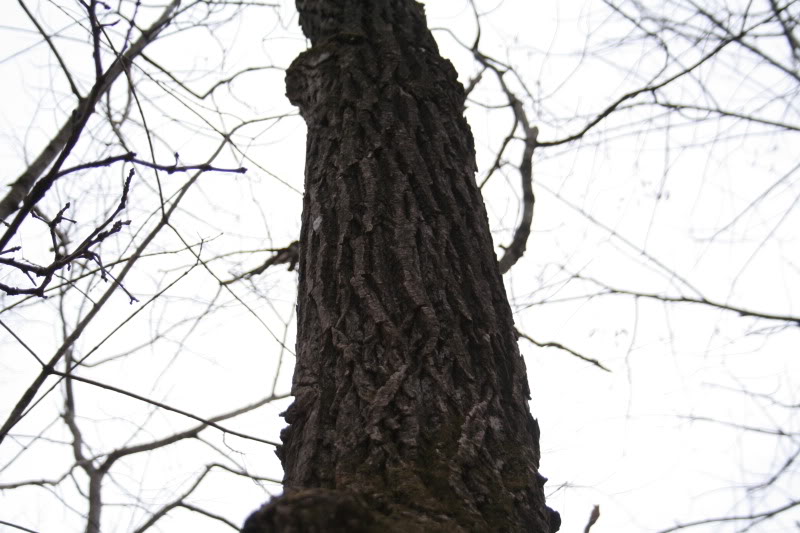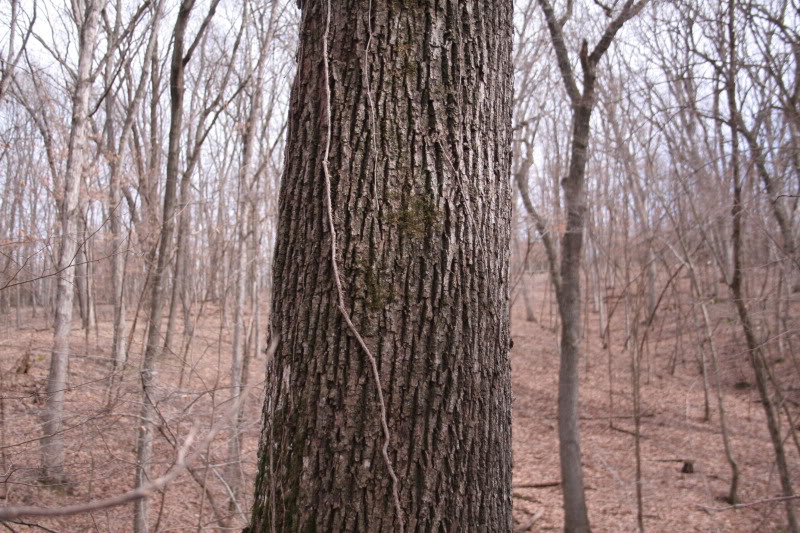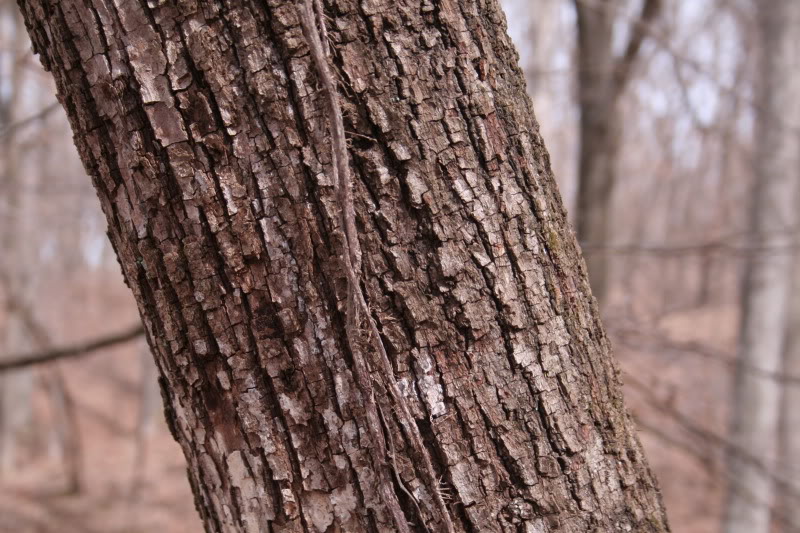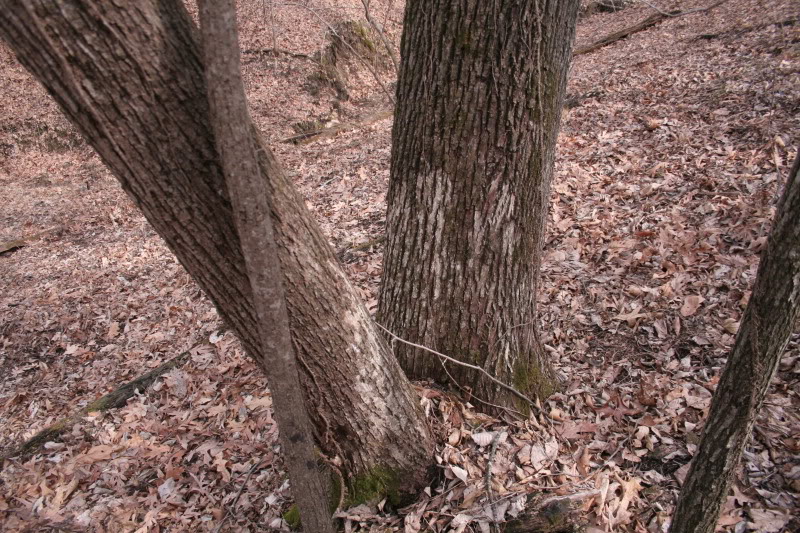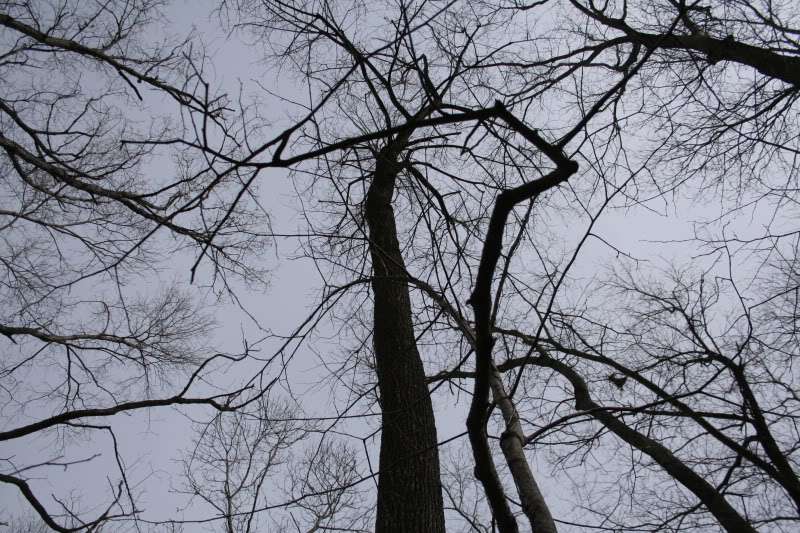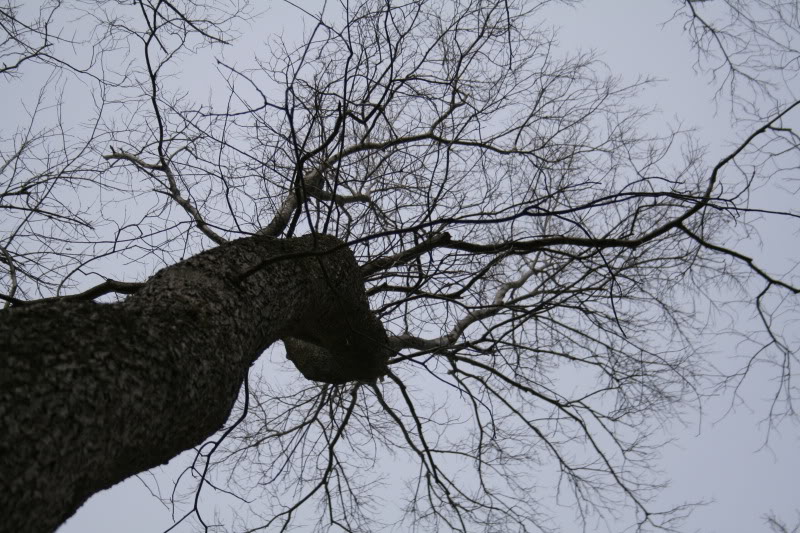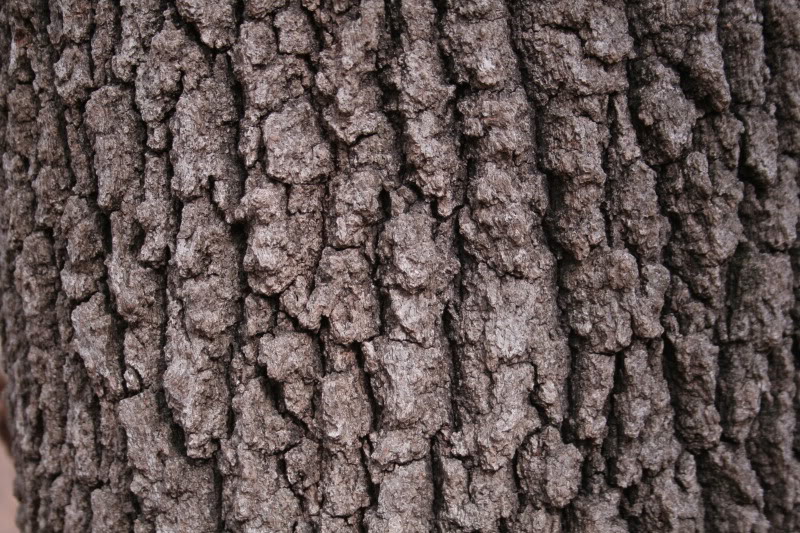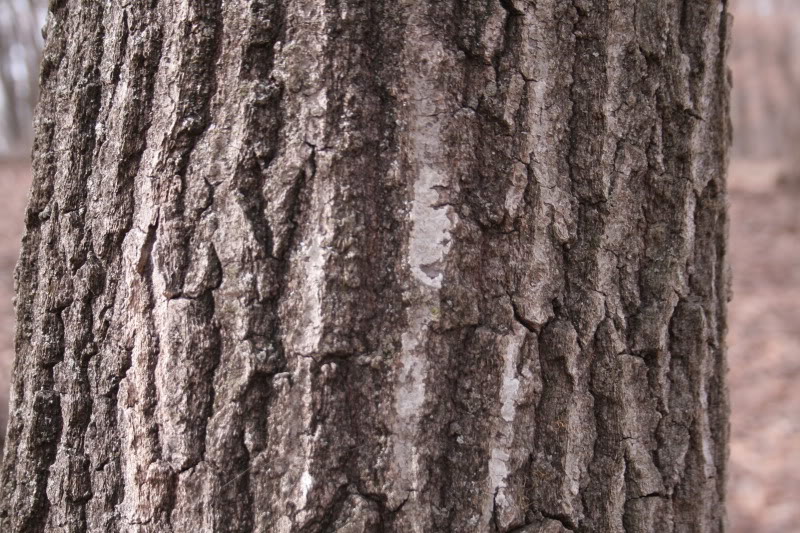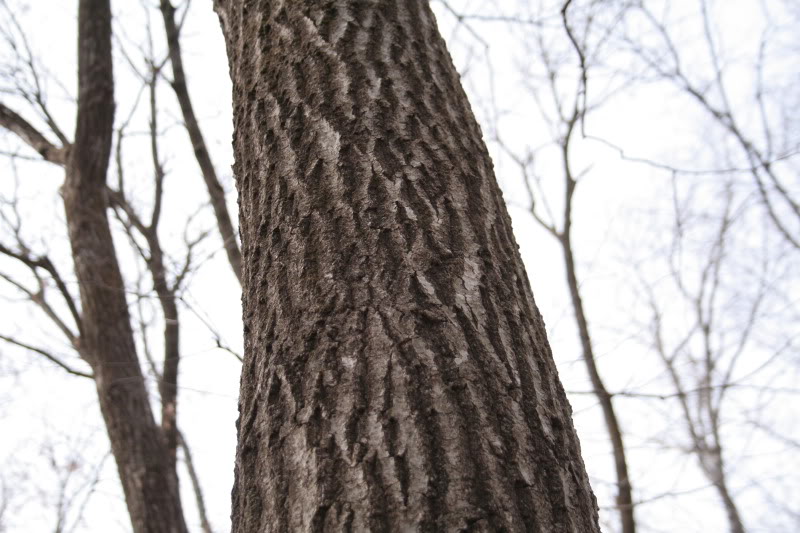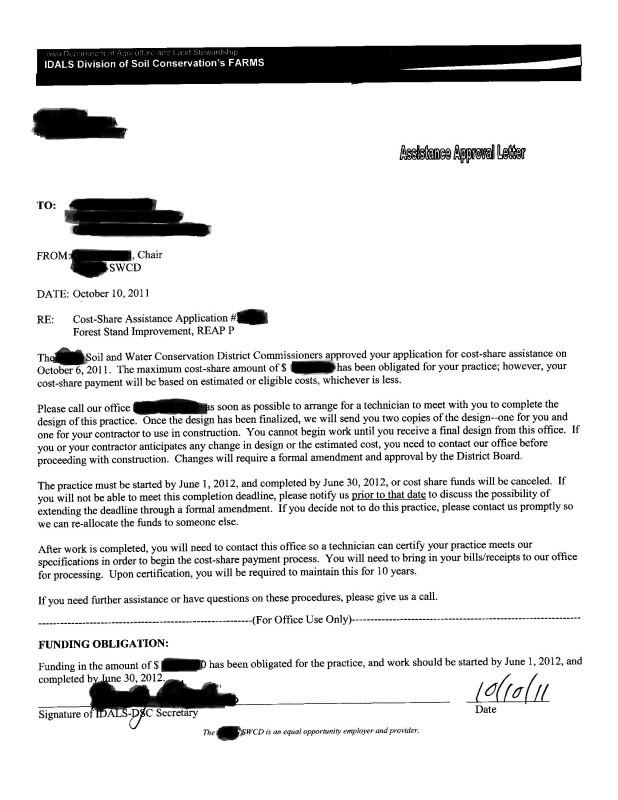Timber Stand Improvement
Step 1 Marking Crop Trees
This is the time of year when we most commonly do TSI work which is typically comprised of two main operations....Crop Tree Release where crop trees are located, marked and then weed/cull trees are killed to release the crop trees and Weed Tree Removal where ALL weed trees are killed to encourage oak regeneration. They are somewhat the same of course but with slightly different goals, so while we can use hinging as a tool to release crop trees (or to fall weed trees) it should be remembered that the act of hinging trees is NOT considered TSI. Timber Stand Improvement generally requires a plan and may or may not be funded with cost share designed to enhance and encourage our hardwood timbers which in turn has long lasting and far reaching economic benefits.
A side benefit is that wildlife will also benefit from increased mast production and in most cases increased ground cover/undergrowth due to reduced canopy. I personally incorporate hinging cull trees into a CTR or WTR and most Forest Stewardship Plans will allow falling small trees which I just hinge rather then cut down.
For the novice landowner it is critical to start by walking your timber with your forester because you may find that logging mature trees may be your first step. I wonder how many of you would turn down $10,000 if it was offered to you??
Almost any 40 with mature trees could easily have that much value and in many cases double that so it would border on insanity to just start indiscriminately killing/hinging trees without being certain of hat you have. Even a stand of mature maple could easily be worth the price of a new car so don't take these things for granted.
Marking crop trees then is critical because some stands may be ALL crop trees and you will need to decide which trees to kill and which are valuable crop trees that need to be released.
Forestry Suppliers carries all kinds of marking and measuring tools but for marking crop trees I simply use spray cans and a easy to use applicator handle from Menards and I carry spare cans in a backpack.
Cans with the larger nozzle work best, those with the old style often leak
It's difficult to see "the forest for the trees" as the saying goes so marking the crop trees first helps avoid making mistakes and allows us to inventory trees. In this pic you can see the red line on the large crop tree in the background.
Stands like this one have lot's of "junk" and few crop trees
making it relatively easy to mark the crop trees
but each stand is different and every landowner will be faced with unique situations and challenges that may leave the average landowner scratching their head on what to do?
Stands of pure white oak can be a nightmare to mark and require some thought and knowledge before doing so. Even two foresters will disagree on which trees to kill and which to leave standing.
I usually end up with a headache because marking requires looking at the canopies as much as the trees themselves.
Oaks like this are prime cull candidates when better specimens are in need of release
Without marking first, releasing these trees would be a confusing and time consuming task
Plans usually call for placing white or red oaks when deciding which tree to release
While at the same time using care to keep diversity in the stand
Note the dying tree in the background...oak wilt is common in my area and both blacks and reds are more affected then whites.
Again difficult choices when
The cull trees are all oaks!!
A look skyward makes the decision easier however
Plans call for a "four sided release"...if only the trees were evenly spaced!
I often consult my IDNR State Forester Ray Lehn to make sure I am making good choices when dealing with valuable white oaks which often are "stump sprouts" resulting in doubles...to which Ray had the following advice...
Everything is relative on deciding to kill or not. There is always the potential for rot to enter the cut if you do kill one stem, but on white oak I think that threat is minimal, especially if the split is lower to the ground and a wide, U shaped, split. The quality of the stems is obviously important as is the size. I often look at surrounding trees to make the decision.
If killing one or more of the stems will benefit not only the multi stem remaining but also release a potential crop tree that is adjacent, then I tend to remove one or more of the stems. If all the multiple stems are relatively good quality and near harvestable size, I probably would not thin them. If one of the stems is significantly smaller than the others, but still competing, I would tend to remove it. TSI is an art as much as a science. Go paint and create your masterpiece.
This is a -V- shaped crotch that we may think twice about when deciding if we should kill one side
This has a -U- shaped crotch that is less likely to cause rot that might then kill the entire tree.
if the tree is not crowding other trees it's usually best to leave it alone
but when the trees need to be released...choose the smaller side or the side with poor canopy or the side that will release another better quality oak
By starting with a tour of your timber with your forester you can avoid making costly errors and destroying valuable timber. Most foresters are not interested in the ability of your timber to hold big whitetails, so don't concern them with that. Simply find out if your timber needs to be logged or if a release is best, find out if you have valuable oak and black walnut trees in your stand or if it is predominately low value trees like elm, hickory and ash.
If you have few crop trees and the area is small, the forester may be willing to help you mark the trees but on larger tracts you may need to hire someone to mark trees or even do a Crop Tree Release using state or federal cost share funds. Once that is done you can you can hinge remaining trees without fear of killing crop trees that can not be replaced in this lifetime.
Typically large weed trees are killed with a double girdle but smaller trees can be hinged and even young white oaks can be felled where they are too thick and I will share more on that in future posts....



